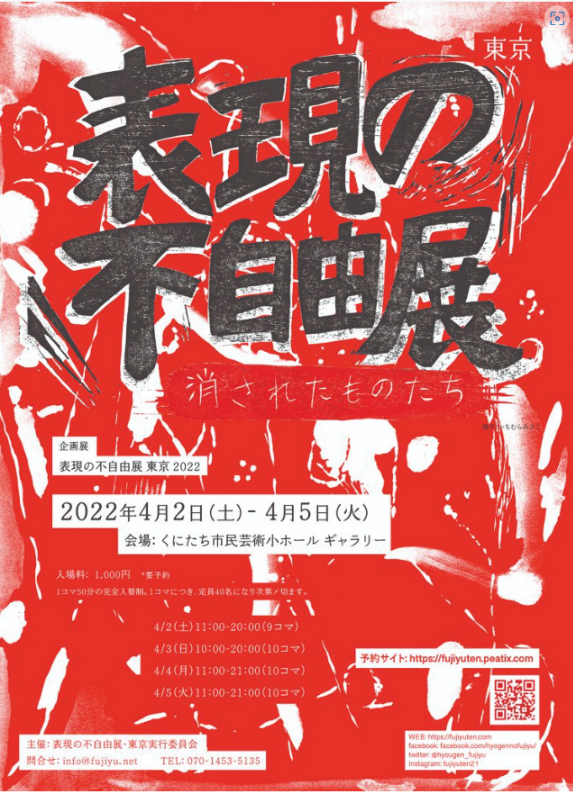NORTHEAST ASIAN HISTORY FOUNDATION 07/2022
-
Park Jeong-ae, Researcher, The Institute for Korea-Japan Historical Issues

‘Statue of Peace,’ Scenes from Memory
The ‘Statue of Peace’ that appears in public places creates a scene from memory. The ‘Statue of Peace’ first appeared in front of the Japanese Embassy in Seoul in December of 2011. It was the day of the 1,000th Wednesday Protest, held every Wednesday since January 1992 by ‘comfort women’ survivors, activists, and citizens to address the Japanese military ‘comfort women’ issue. The “Statue of Peace” in front of the Japanese Embassy in Korea constantly sends the message that “We are here” in response to Japan’s historical denial stating that ‘There are no Japanese military comfort women victims.’ The statue evokes the memories of victims who had to endure life as ‘comfort women’ to survive in brothels established by the Japanese military and the Japanese government during the Asia-Pacific War through direct or indirect intervention
As of 2022, there are more than 120 “Statue of Peace” across Korea. Although they have nearly identical appearances, the scene of memory that the ‘Statue of Peace’ creates in each location differ because those who installed the statues, participating citizens, and supporting organizations must have erected the ‘Statue of Peace’ in schools, streets, and parks with their own memory of ‘comfort women.’ However, it appears that the stories created by each scene of memory have not been thoroughly discussed in Korea. Since the installation of the ‘Statue of Peace’ in Korea does not seem to face much resistance, and as there is no discussion or dispute, it seems that the message or the memory developed in each place is not clearly delivered. Perhaps, for this reason, the memories surrounding the ‘Statue of Peace’ do not significantly penetrate into the wartime sexual violence that is still taking place today, digital sexual exploitation, and the attacks intended to deny the sufferings inflicted on ‘comfort women.’
‘Statue of Peace’ at Aichi Triennale 2019 in Japan, from Taboo to a Symbol for Freedom of Expression
On the contrary, the ‘Statue of Peace’ is an uncomfortable memory in Japan. Although the memory of the Japanese military ‘comfort women’ was established in public history and became a standard in the global scene for contemplating women's rights and peace, Japan's historical revisionist forces have chosen to avoid the responsibility of the past rather than face it. With the rightward shift in Japanese society, the offensive to steal and distort the memories of ‘comfort women’ from the persons concerned has become even fiercer, and the “Statue of Peace” has become taboo in Japan.
In
August 2019, the special exhibition
<After “Freedom of Expression?“>, which was ‘stopped’ rather than ending,
continued in earnest since then. Citizens repeated the ‘Statue of Peace’ exhibition under the
same title, persistently asking whether Japan is a democratic country guaranteed
by the constitution. Articles in Japanese media in the second half of 2021 simply
reported about
On July 9, the Osaka District Court ruled that the use of the venue for the Osaka exhibition shall be granted. The reason was that the “freedom of expression in the constitution must be guaranteed.” The venue’s officials immediately appealed, but on July 15, the High Court stated, “Refusing the use of the facilities on the grounds of a possible dispute caused by a group opposing the idea of the exhibition trying to interfere with it, is against the objective of the freedom of expression in the Constitution,” and thus dismissed the appeal (『MBS NEWS』 July 15, 2021). The Osaka exhibition ended after three days, from July 16 to 18, as scheduled amidst activities of opposing forces that argued against and obstructed the exhibition. The media delivered visitors' impressions, "I didn’t see anything that should be protested against," and the organizers’ opinion that they were able to "protect the freedom of expression" (『Asahi Shinbun』 July 18, 2021).
Organizers used the experience of the Osaka exhibition as a springboard to hold a one-day exhibition in Kyoto on July 24. The exhibition was held as part of the rally of a civic group, “Gathering to Realize the Hague Final Judgement by the Women's International War Crimes Tribunal on Japan's Military Sexual Slavery.” Only visitors who made reservations were allowed to participate. After holding the event with some difficulties but successfully, the organizers said in an interview, "The reality is that we are living in a society where we cannot hold the exhibition of the ‘Statue of Peace,’ which allows facing history, with peace of mind." (『Asahi Shinbun』 July 24, 2021).
Exhibition of ‘Statue of Peace’ from Taboo to Symbol of Democracy and Peace
The 'Statue
of Peace' exhibited in
The
fight of
Undergoing
the process of overcoming social taboo and opposition, the ‘Statue of Peace’ in
The user can freely use the public work without fee, but it is not permitted to use for commercial purpose, or to change or modify the contents of public work.



